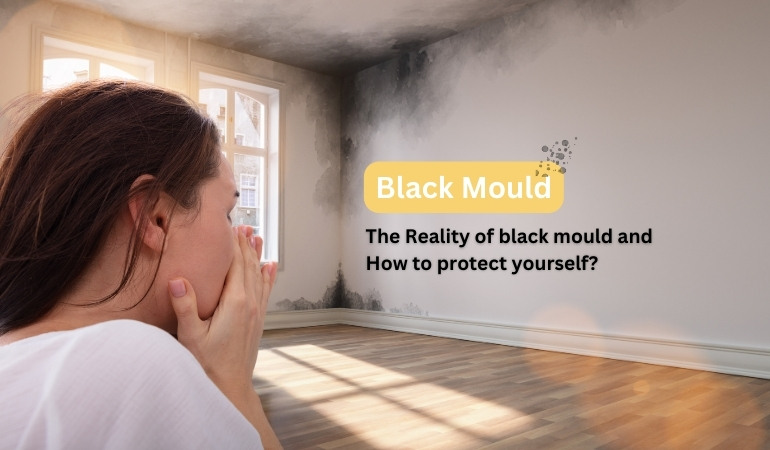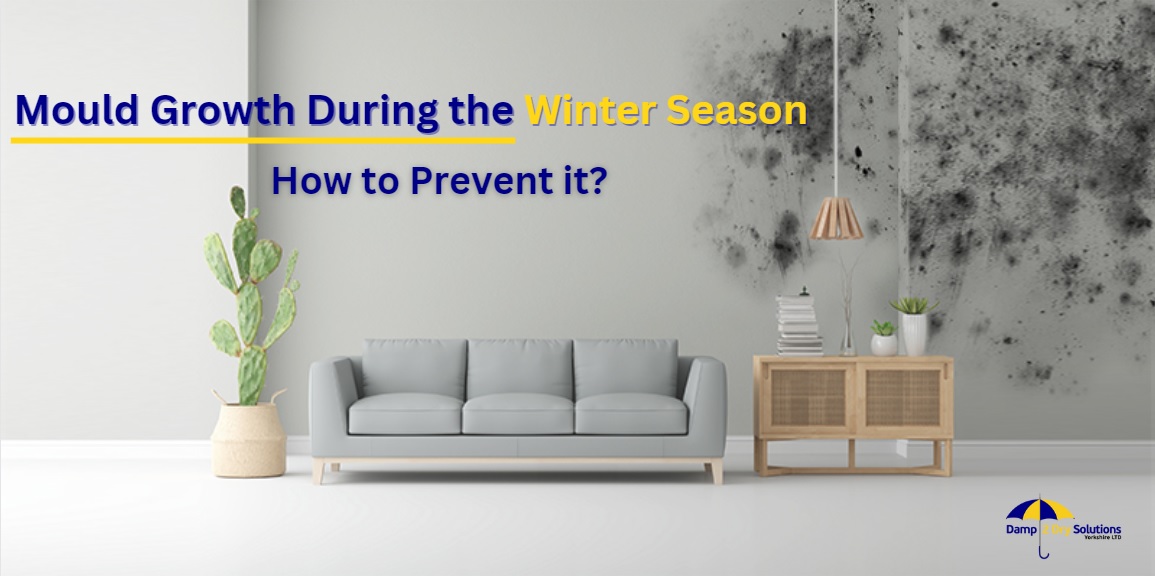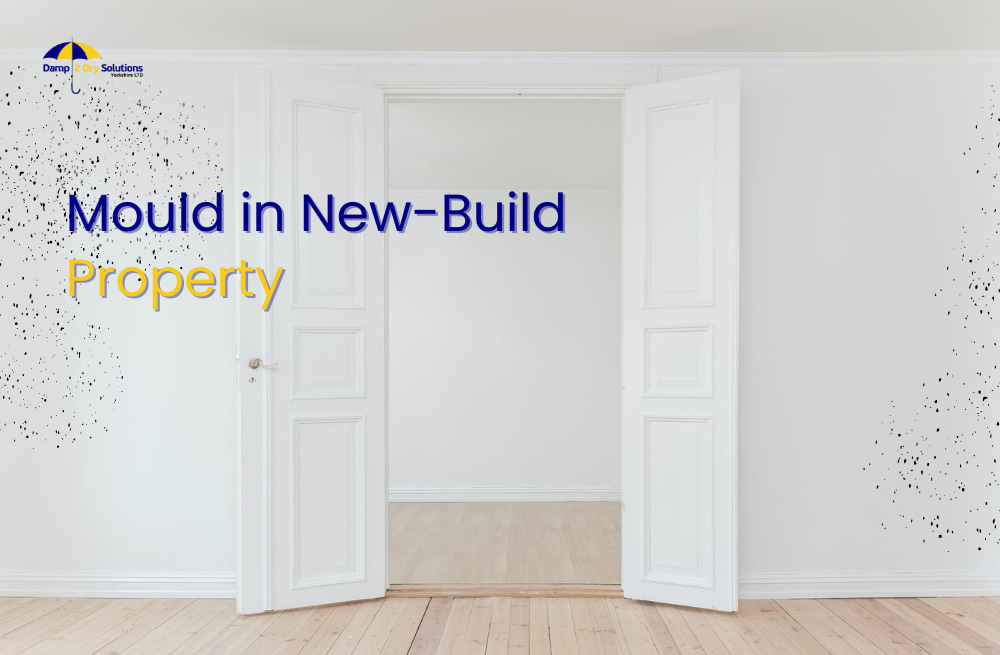If you are currently dealing with or have encountered black mould on the dry walls or wooden components of your building, it’s crucial to address this issue promptly to avoid further complications.
Neglecting this problem can ultimately diminish the aesthetic appeal of your property. Let’s first clarify what black mould is. This type of microfungus typically presents itself in black or dark green hues and thrives on moist, cellulose-rich surfaces such as wood and plasterboard.
Moisture acts as a primary catalyst for the rapid growth of black mould. Therefore, environments like flood-damaged homes, buildings with faulty plumbing, or any structures suffering from water damage are particularly susceptible to this issue.
Here we will learn how to identify, prevent, and tackle this common but dangerous fungus effectively.
Identifying and removing black mould
- Can black mould be dangerous?
- Major signs of black mould
- How does black mould enter inside?
- Removal and cleansing
- Prohibiting black mould
- In the essence
Can black mould be dangerous?
No, it is not dangerous in actual terms. But, it doesn’t mean you will allow the black mould to grow.
The black mould is all an allergen. People suffering from respiratory diseases, asthma, or immune problems can feel a huge impact of black mould mycotoxins compared to others.
Prior reports of toxic black mould were merely the media advertising and mass agitation.
It is important to remove the black mould as soon as possible.
Major signs of black mould
If black mould is visible on your property, you need not to worry. But black mould leads to high health hazards most probably in the sensitive groups, for eg., individuals facing respiratory issues or suffering from immune problems.
Black mould exposure signs
According to the National South Wales (NSW) Health, openness to mould may result in cold or signs of flu, for eg.,
- Rhinorrhea or nasal congestion
- Itchy eyes
- Emphysematous
In several cases, few people may develop a serious lung infection.
The case may be that black mould may not kill you but it can make you feel ailing and must be eradicated instantly.
How does black mould enter the home?
Mould spores easily make their way inside by hitching on the clothes, pet hair, and air currents into your house. But spores cannot relax without a lot of water.
Due to this, the black mould is found near the water-destructed areas affected by plumbing problems, such as faulty pipelines or defective water channels.
Carpets or drywall soaks heavy water and becomes easily moist, leading to the problem of back mould. If you see water damage in the house, it is necessary to adopt significant measures to limit mould growth.
A water leakage sensor may alert you about leaks in places hard to reach, where the water damage could remain unnoticed.
Black mould removal and cleansing
Taking the help or support of a professional or an expert to stop mould in shops, companies, or schools is the best solution. This also includes household mould extending one meter squared.
House owners may cleanse a maximum of 1 square meter of black mould. They may do so by applying water, bleach, scrubbing, and ventilation.
Before dealing with the problem of moulding yourself, go for protective gear and ventilation.
Clean the air
You can begin the cleaning procedure by opening windows and doors to make sure you’re doing well. Dehumidifiers may also dry the air and throw away the moisture to stop mould growth.
Prioritise your safety
Also, if you are not responsive to mould, it is not good at all. Wear protective eyeglasses, airtight gloves, and an inhalator or a mask to protect yourself from ailing.
Dip a paper towel in the cleaner and press it upon the mould growth to dampen the region. After that, begin scrubbing.
Don’t spray on the mouldy areas, since the droplets will clash with the mould spores and spread throughout the room, making them comfortable to breathe in and difficult to remove.
Make sure to dry the region when you are deep when you are finished.
Note* Do not combine bleach with ammonia. This combination may create toxic smoke which is far more hazardous than any mould you want to clean.
Prohibiting black mould
Everyone wants to have a housing structure free from the black mould. Adopt the following measures to reduce the mould chances on your property:
Look for water
Flooding, faulty pipes, and defective appliances may lead to severe water damage.
Once the water gets into an absorbent surface, such as plasterboard, the properties of black mould can begin to arise.
Water sensors may help you easily track defective appliances and leakages early.
If you identify water damage in your house, deal with it and remove the problem area’s water source as quickly as possible.
You will also be required to remove flooring, ceiling tiles, or any other resource, affected by the water.
Cleanse and dry it
It is useful to clean constantly. Ensure moist areas and rooms with plumbing get regular random checks. Include mould and mildew eradication products in your cleaning routine, specifically for the kitchen and bathroom.
Moist grows on dampness, so employ dehumidifiers in moist regions of your home, such as closets or basements, bathrooms, etc.
De’Longhi dehumidifier is the best as it is very light in weight and adjustable for easy shifting.
Keep the moisture in your house below 50% to restrict mould growth and other allergens, such as dust mites.
You can also read our guide for How to Get Rid of Black Mould in Bathroom?
Capture airborne mould spores
Capturing airborne mould spores is key to preventing their spread and growth within your home. Use air purifiers and maintain regular ventilation to effectively reduce the presence of these potentially harmful spores.
Take the help of an air purifier with a true HEPA filter to capture mould spores which develop in your house.
In the essence
The problem of black mould must be addressed quickly to avoid any serious issues related to property in the future. Black mould is not dangerous but can put your health in trouble. If you have a new-build property and are experiencing mould issues, refer to our blog ‘Mould in New-Build Property‘ for guidance and solutions.
So, black mould should not be avoided in any circumstance. Take the support of an expert to deal with the problem of black mould more effectively.
You can also get in touch with our professionals at Damp-2-Dry Solutions (Yorkshire) Ltd. or fill out this form to get your issue resolved as soon as possible.





